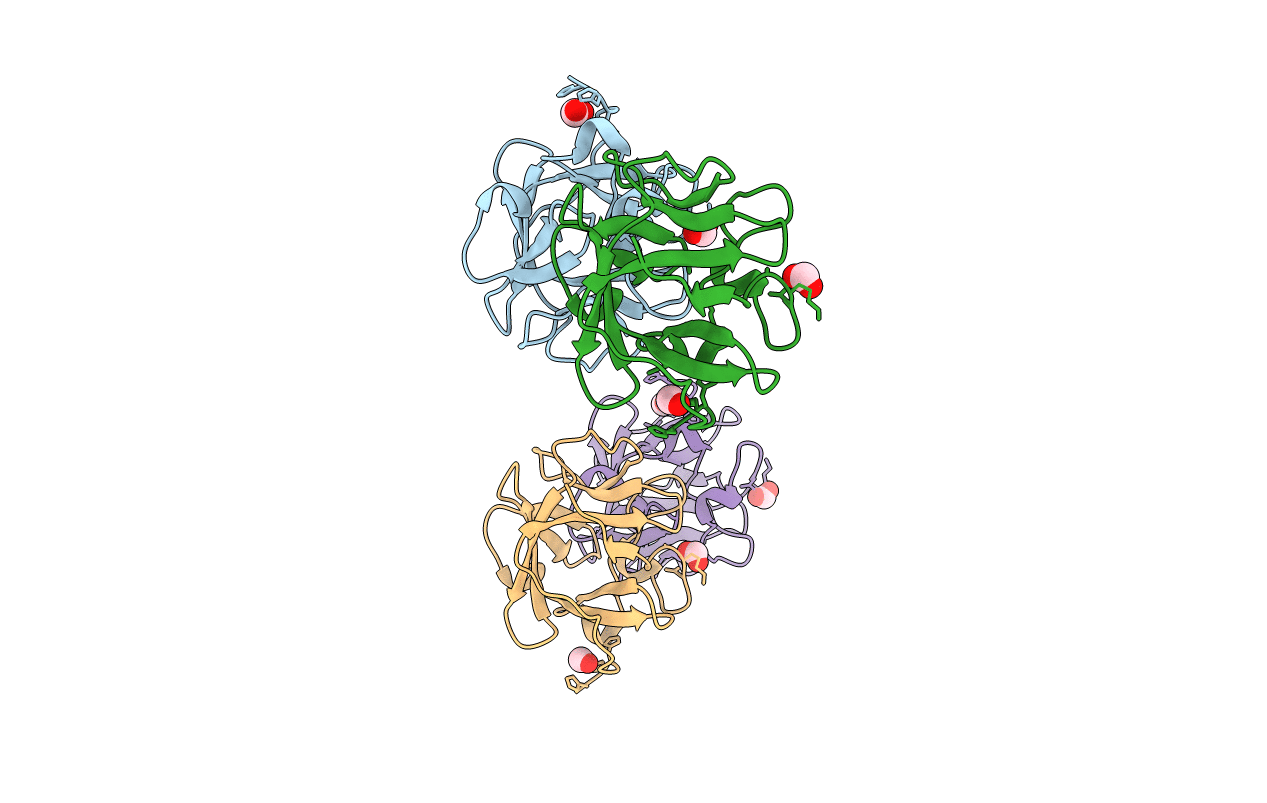
Deposition Date
2001-08-20
Release Date
2001-12-19
Last Version Date
2023-08-16
Entry Detail
PDB ID:
1JTC
Keywords:
Title:
Human Acidic Fibroblast Growth Factor. 141 Amino Acid Form with Amino Terminal His Tag AND LEU 44 REPLACED BY PHE (L44F)
Biological Source:
Source Organism:
Homo sapiens (Taxon ID: 9606)
Host Organism:
Method Details:


